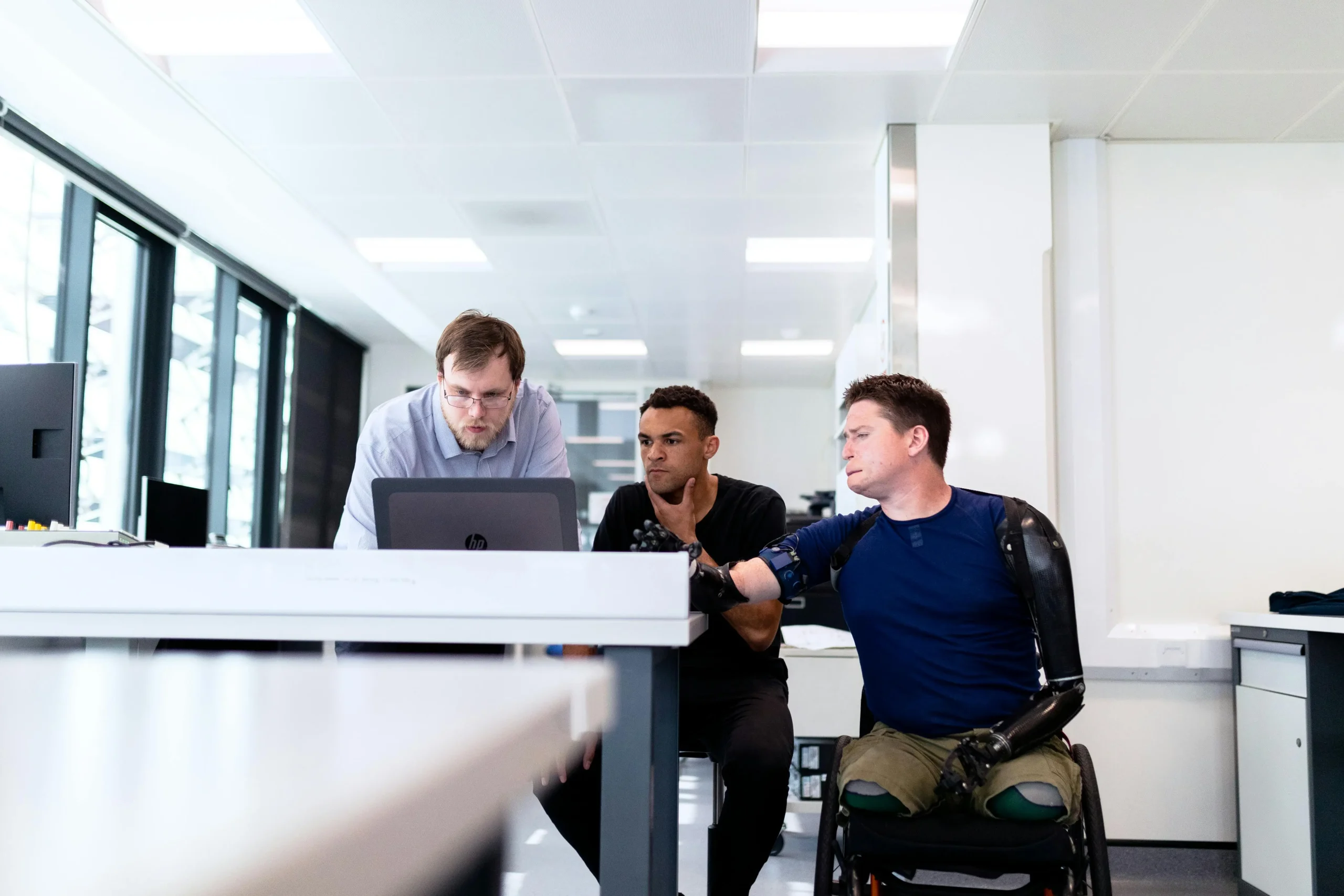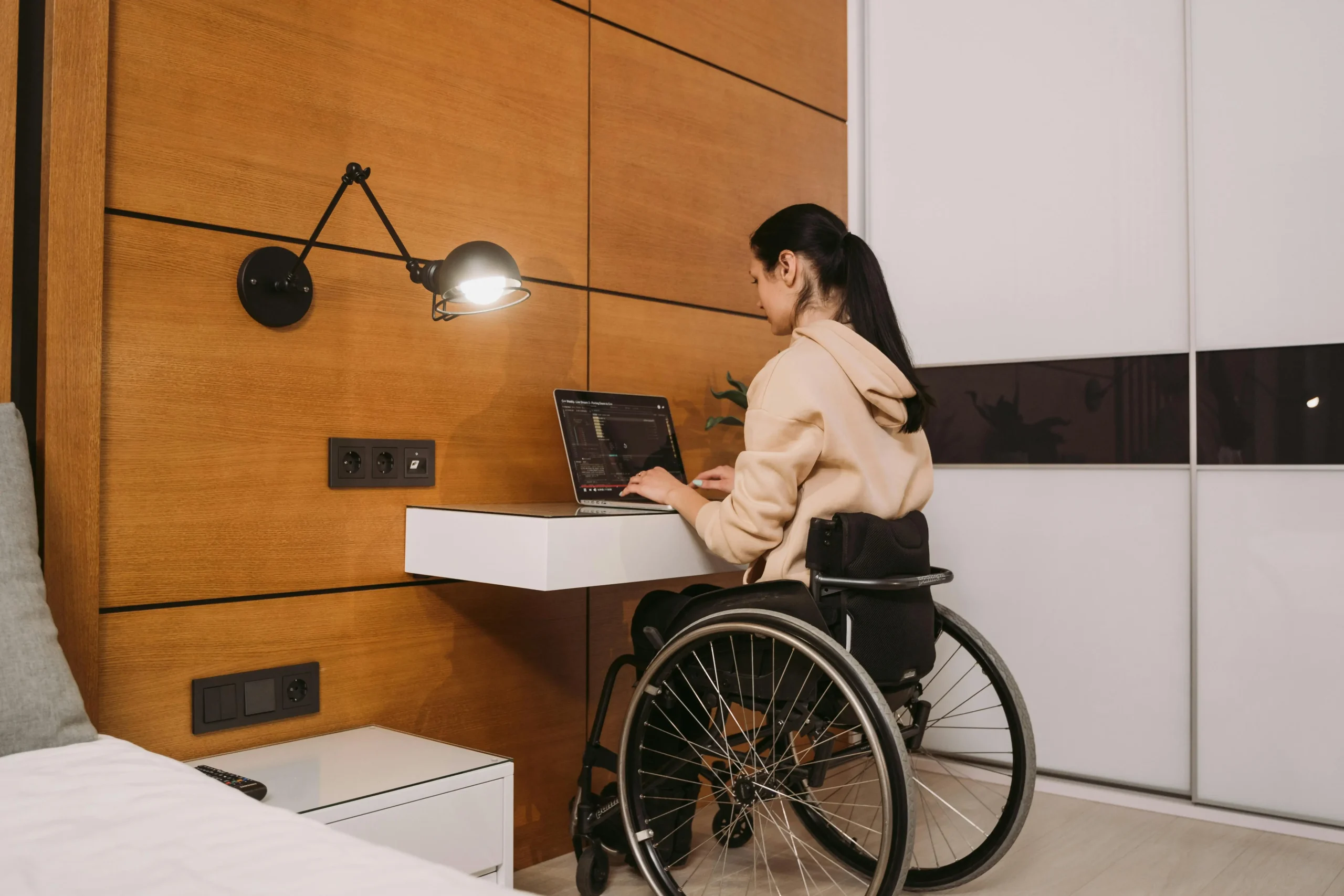Breaking Barriers: Create an Inclusive Workplace for Persons with Disabilities
In today’s rapidly evolving world, fostering diversity and inclusivity within the workplace has become an essential goal for businesses. One crucial aspect of this is ensuring that persons with disabilities are provided with equal opportunities and a supportive environment to thrive in their professional pursuits. Breaking barriers and creating an inclusive workplace for persons with disabilities not only contributes to a more compassionate society but also enhances the overall productivity and creativity of your team. In this article, we will delve into various strategies and actionable steps to create an environment that celebrates the abilities and talents of all individuals, regardless of their disabilities.
Understanding Disabilities
Different Types of Disabilities
There are various types of disabilities, ranging from physical impairments to cognitive and sensory disabilities. Each type requires a unique approach to accommodation and support. Physical disabilities can include mobility limitations or the need for assistive devices. Cognitive disabilities might involve challenges with memory or decision-making. Sensory disabilities encompass visual or hearing impairments.
Challenges Faced by Persons with Disabilities
Persons with disabilities often encounter barriers that hinder their full participation in the workplace. These barriers could be physical, such as inaccessible entrances, or attitudinal, where negative stereotypes impact their opportunities. Understanding these challenges is essential for creating effective solutions.
Benefits of an Inclusive Workplace
An inclusive workplace not only benefits persons with disabilities but the entire team and the organization as a whole. Diverse teams bring varied perspectives, which can lead to innovative problem-solving. When persons with disabilities are included, it fosters a culture of empathy and collaboration, enhancing overall productivity and job satisfaction.
Legal and Ethical Considerations
Laws and Regulations
Several laws, such as the Americans with Disabilities Act (ADA) in the United States, mandate equal employment opportunities for persons with disabilities. Familiarize yourself with these regulations to ensure compliance and prevent discrimination.
Ethical Imperatives
Beyond legal obligations, creating an inclusive workplace is an ethical imperative. Every individual deserves to be treated with dignity and respect, and embracing diversity aligns with ethical business practices.
Creating Physical Accessibility
Accessible Infrastructure
Physical accessibility involves modifying the workplace environment to accommodate individuals with mobility challenges. This includes ramps, elevators, and wider doorways to ensure easy movement. Additionally, design workspaces with adjustable desks and comfortable seating to accommodate different needs.
Assistive Technologies
Leverage assistive technologies such as screen readers, voice recognition software, and specialized keyboards to empower employees with disabilities. Providing access to these tools ensures equal participation and contribution.
Promoting Digital Inclusivity
Website Accessibility
Ensure your company’s website is accessible to everyone, including those with visual or cognitive disabilities. Use alt text for images, create clear navigation, and provide captions for videos.
Accessible Communication Tools
Utilize communication tools that support accessibility, such as video conferencing platforms with live captions. This enables seamless interaction and participation for all team members.
Inclusive Hiring Practices
Unbiased Job Descriptions
Craft job descriptions that focus on skills and qualifications rather than unnecessary physical requirements. This opens doors for individuals with varying abilities.
Interview Accommodations
During interviews, offer accommodations like sign language interpreters or extended time for candidates who require it. This ensures fair evaluation of skills and potential.
Providing Support and Accommodation
Reasonable Accommodations
Work with employees to provide reasonable accommodations tailored to their needs. These accommodations might include flexible work hours, ergonomic furniture, or modified tasks.
Mentorship and Training Programs
Implement mentorship programs to guide employees with disabilities in their professional growth. Offer training to all staff on disability awareness and etiquette.
Raising Awareness and Sensitivity
Disability Awareness Workshops
Conduct workshops to educate employees about different disabilities and how to interact respectfully. This builds a culture of understanding and reduces stigma.
Promoting Empathy
Encourage open conversations about personal experiences to foster empathy. When colleagues understand challenges, they become more supportive and collaborative.
Fostering Inclusive Team Dynamics
Encouraging Open Communication
Create an environment where employees feel comfortable discussing their needs. Regular check-ins provide opportunities for feedback and adjustment.
Team Building Activities
Organize team-building activities that cater to everyone’s abilities. This promotes camaraderie and breaks down barriers.
Career Growth and Development
Skill Enhancement Opportunities
Offer skill development opportunities that cater to diverse talents. This enables employees to grow and contribute effectively.
Advancement Paths
Ensure that career paths are well-defined and accessible for all employees. Recognize and reward merit, fostering a sense of belonging.
Success Stories
Profiles of Successful Individuals
Highlight success stories of individuals with disabilities within your organization. These stories inspire others and demonstrate the potential for growth.
Impact on Businesses
Showcase how inclusion positively impacts businesses. Diverse perspectives lead to innovation, and an inclusive brand attracts a wider customer base.
Championing Inclusivity from the Top
Leadership Commitment
Leadership buy-in is crucial for driving inclusivity. When leaders prioritize diversity, it sends a powerful message throughout the organization.
Integration into Company Culture
Inclusivity should be woven into the fabric of your company culture. It’s not just a checkbox; it’s a mindset that informs decisions and actions.
Measuring and Adapting Inclusivity Efforts
Metrics for Success
Set measurable goals for inclusivity and track progress regularly. Use metrics to identify areas for improvement and celebrate successes.
Continuous Improvement
Inclusivity is an ongoing journey. Stay open to feedback and adapt your strategies based on changing needs and insights.













